Software-as-a-service (SaaS) products have become the standard in the digital economy, enabling businesses to automate, streamline, and scale operations. Not to mention enabling the, so far, most profitable monetization model: subscriptions.
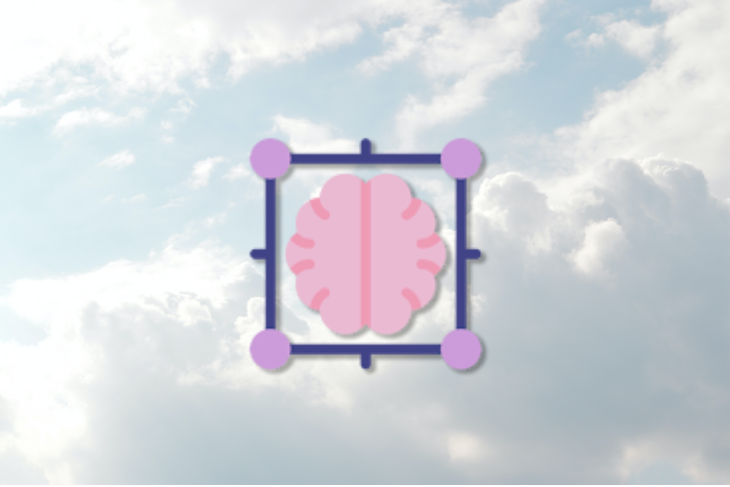
From marketing automation and project management, to user research and data analytics, you can find SaaS solutions everywhere, regardless of the problem you wish to solve. However, the rise of artificial intelligence (AI) agents has sparked a provocative question: Will AI agents render SaaS obsolete?
Microsoft CEO Satya Nadella sparked this speculation by envisioning a future where AI agents replace traditional software interfaces. In his vision, AI agents operate like digital employees: they receive tasks, execute them on their own, and deliver results. Because of this, they have no need for intermediate tools or user interfaces.
But is this future realistic? Or is it simply riding another wave of AI hype?
This article breaks down and assesses whether AI agents can truly replace SaaS, drawing on my experiences with both AI and SaaS ecosystems, and considering their limitations, potential transformations, and implications.
An AI agent is a software system capable of taking on tasks typically reserved for humans. This includes inputting, collecting, analyzing, and interpreting data, as well as potentially interacting with voice.
Think of them as your digital assistant. At their best, these agents help you overcome the limitations of manual processes and allow you to reach your results much sooner (e.g., perfectly plan a vacation trip without lifting a finger). However, at their worst, AI agents might oversimplify or hallucinate (check out the worst AI mistakes for Apple or Google).
So, what does this mean in practice? The following section outlines some common use cases for AI:
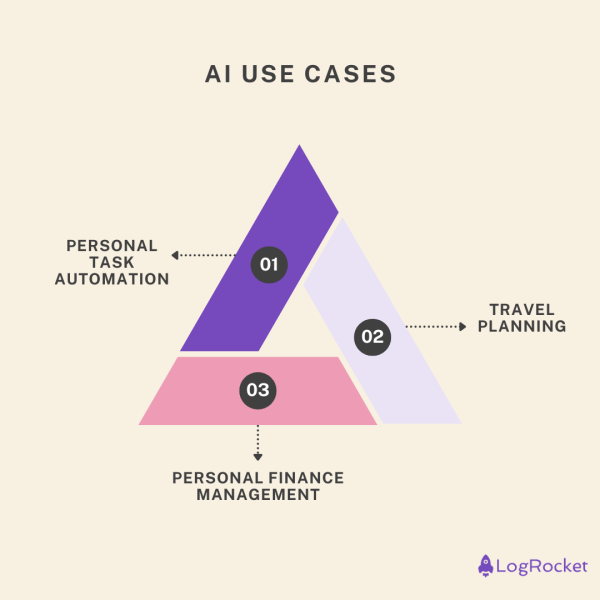
AI agents can help with managing schedules, booking appointments, and sending reminders autonomously. The recent Samsung Galaxy unpacked event demonstrated this as a part of the Samsung S25 update. In this case, the AI agent saves time and ensures you don’t miss important tasks or events.
Existing products: Reclaim.ai (automated calendar management), x.ai (meeting scheduling)
Future potential: AI agents that optimize your day dynamically based on changing priorities (e.g., will take care of everything if you need to cancel all your meetings because the babysitter got sick)
AI agents can help with planning trips, booking flights, hotels, and activities without manual input. As a person who hates those activities, I’m all for giving the bots a chance to shine and remove all the hassle of coordinating travel logistics.
Existing product: Hopper (flight deals), Google Travel
Future potential: AI agents that adapt to travel delays or emergencies in real time. Zoo closed? No worries, there’s a great museum three blocks to the right!
While I personally like to manage my own cash flow, I know people who hate it. Those people would pay a lot to have AI take over budgeting, tracking expenses, and paying bills or saving money. Imagine never being late for a payment or having a financial reason not to buy that new TV!
Existing product: YNAB (You Need a Budget)
Future potential: Fully autonomous financial advisors optimizing your income and expenses
At its core, SaaS exists as a bridge. It’s a user-friendly interface connecting human intentions to code that solves problems. Need a marketing report? Open a SaaS analytics tool. Want to schedule tasks for your team? Turn to your project management software.
SaaS, or even software in general, simplifies complex operations into accessible workflows, allowing users to focus on outcomes rather than technical intricacies. AI agents, as Nadella envisions, could eliminate even this user-interface layer. Instead of interacting with software, you could assign tasks to an AI agent with a simple prompt like: “Find me five high-conversion customer acquisition strategies for Q1.”
The agent would then perform research, execute processes, and deliver results directly. There would be no dashboards, no learning curves, no human micromanagement. It’s an appealing concept. But does it mean SaaS will disappear entirely?
Not so fast.
From my experience with AI tools and agents, a somewhat different reality emerges. They’re remarkably effective at getting you 80-90 percent of the way to your desired outcome.
For example, an AI-driven analytics agent might provide an initial draft of insights or strategies based on aggregated data. However, when it comes to nuanced decision-making, complex problem-solving, or aligning the output with broader strategic goals, human intervention is still required.
This limitation stems from a few key factors:
For these reasons, the idea of AI agents replacing SaaS entirely feels premature. Instead, the relationship between AI agents and SaaS will likely evolve into a complementary partnership or those agents will become a really reliable, extremely cheap personal assistant, similar to how computers worked on Star Trek.
Rather than a replacement, I see AI agents as a natural evolution of SaaS. AI agents could act as intermediaries, enhancing the capabilities of existing platforms. So here’s how this might look in practice:
AI agents could simplify SaaS interfaces by automating repetitive tasks or providing on-demand insights. For example, instead of manually navigating through analytics dashboards, you could ask an AI agent: “What are the key drivers behind our website’s traffic decline this month?”
The agent could interact with the analytics platform in the background, interpret the data, and present actionable insights. Of course, one could always fall back to a fully manual interface, but the assumption is that with time AI agents will be reliable and effective enough to eliminate the need to go too deep into even “no-code” scenarios.
AI agents could act as proactive assistants, automating workflows across multiple SaaS platforms. Imagine assigning a task to an agent like this: “Create a sales pipeline report based on CRM data, segment it by region, and send it to the team in Slack.”
Here, the agent would act as a bridge, communicating with multiple SaaS tools without requiring you to manually navigate between them. This came up in the Samsung show I mentioned earlier. There, the agent was able to Google the time of a specific event and add a reminder to a calendar, although it was limited to apps developed by Samsung itself.
The agent could integrate into the operating system directly and use it almost as an alternative to the mouse and keyboard. This could be the funniest comeback of all time if Microsoft decides to visualize this AI agent as the infamous “Clippy.”
AI agents could tailor SaaS experiences to individual users, and learning preferences over time. For instance, a marketing manager might receive automatically curated campaign recommendations based on historical performance, eliminating the need to manually configure campaigns in the platform.
In this hybrid model, SaaS platforms remain indispensable as the underlying infrastructure for AI agents, providing the data, workflows, and functionality that agents rely on to operate.
While the potential for AI agents is promising, several obstacles prevent them from fully replacing SaaS:
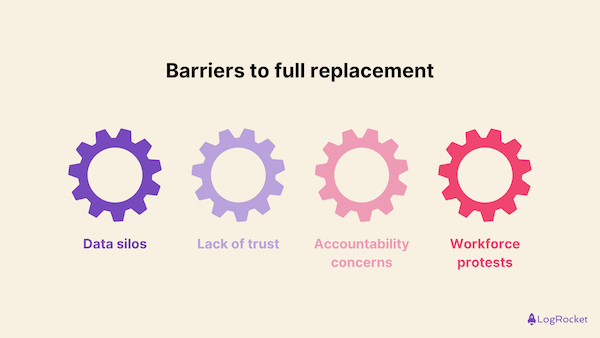
SaaS platforms store and process data in unique formats and environments. AI agents would need seamless integration across multiple platforms in order to deliver that SaaS-free future. Not to mention free access to databases of different other companies, which already sounds like a gigantic security risk. Thus, this is unlikely to happen.
Businesses rely on SaaS for its transparency and control. AI agents operating autonomously could introduce distrust and errors. Also, not everyone wants things done for them by agents. Think of how some people avoid self-checkouts.
AI agents raise questions about data privacy, security, and compliance. Replacing SaaS with autonomous agents would require robust safeguards to ensure adherence to industry regulations and ethical standards. What if an agent spends your money incorrectly and you are not allowed a refund? Can an agent even buy anything on your behalf, to begin with?
The widespread adoption of AI agents could disrupt workflows, requiring significant retraining for employees to work alongside. However, worker rights, not to mention people’s livelihoods, won’t be taken lightly if you try to take away their jobs.
The rise of AI agents undoubtedly signals a transformative shift in how you interact with software. At the same time, the demise of SaaS is far from inevitable. Instead, we’re on the brink of a new era where SaaS and AI agents coexist, each amplifying the other’s strengths. You should focus on harnessing this synergy to create smarter, faster, and more adaptive tools that keep the user at the center of the equation.
While we may one day delegate tasks to AI agents with a simple voice prompt, the complex systems and workflows behind the scenes will still rely on the backbone of SaaS. After all, even the most sophisticated AI needs a foundation to stand on.
Featured image source: IconScout
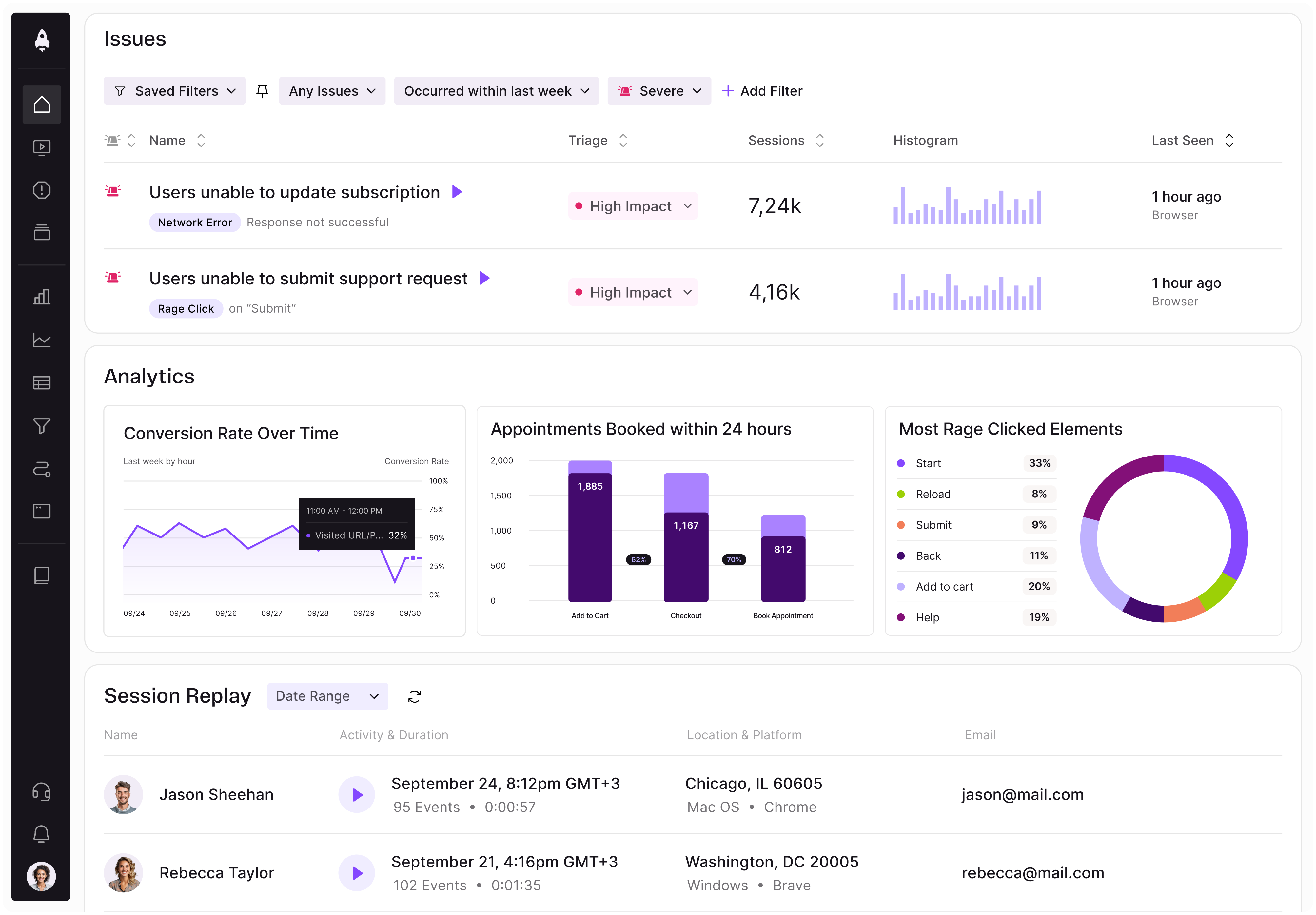
LogRocket identifies friction points in the user experience so you can make informed decisions about product and design changes that must happen to hit your goals.
With LogRocket, you can understand the scope of the issues affecting your product and prioritize the changes that need to be made. LogRocket simplifies workflows by allowing Engineering, Product, UX, and Design teams to work from the same data as you, eliminating any confusion about what needs to be done.
Get your teams on the same page — try LogRocket today.
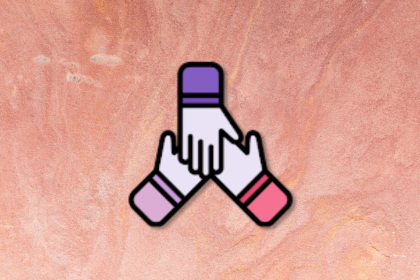
A practical guide for PMs who want to stop being bottlenecks, delegate smarter, and lead teams effectively with a clear ownership framework.

Stop letting unreliable data block features. Treat data as inventory to track quality, ownership, and ship with confidence.
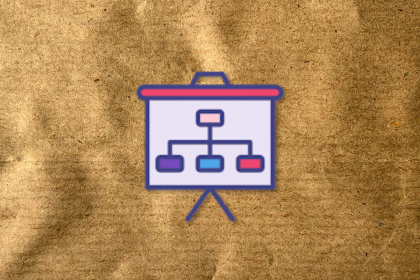
Learn why slide decks slow teams down and explore better tools like whiteboards, PRDs, and prototypes to improve collaboration and alignment.
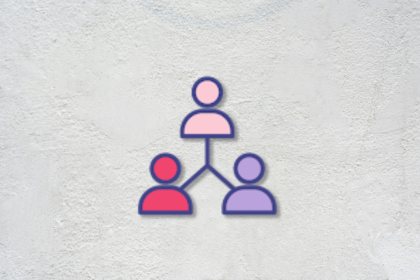
AI PM roles are evolving fast. Learn the five types of AI PMs, the skills they need, and how they shape AI products across industries.